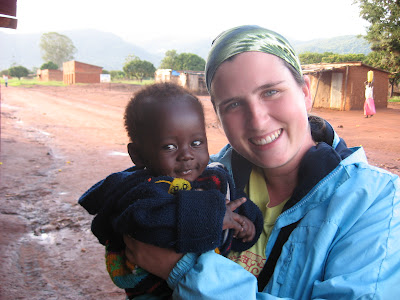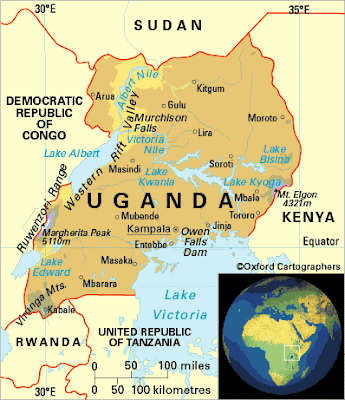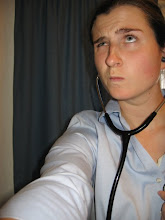Spring quarter I will be taking slightly fewer credits than I took in fall (29) and winter (26.5), however, the classes are supposed to be quite challenging and I have a feeling they spring will be just as time consuming as my previous quarter. Here is the scary list:
HUBIO 532: Nervous System (8 Credits)
An integrated approach to the normal structure and function of the nervous system, including the eye. Presents neuropathological examples as well as clinical manifestations of neurological disease.
HUBIO 534: Microbiology and Infectious Disease (9 Credits)
An introduction to medical microbiology and infectious diseases. Emphasizes the biology of microbial pathogens and the mechanisms of pathogenesis. Covers clinical manifestations, epidemiology, general principles of diagnosis, therapy, and prevention of infectious disease.
HUBIO 535: Introduction to Clinical Medicine (4 Credits)
Adult screening physical examination is taught through the use of lecture, audiovisual aids, and small-group tutorial, where students in supervised setting practice the physical examination on one other. Further practice in the performance and recording of the patient profile and medical history.
MED 561: Tropical Medicine (1 Credit)
Intended for professional health science students interested in learning the pathophysiology, epidemiology, and clinical presentation of disease conditions that re more commonly seen in less-developed countries, resource-limited settings, or tropical climates, and how to diagnose, treat, and follow the resolution of these diseases with commonly limited resources.
PATH 521: Anatomy and Autopsy (1 Credit)
Students view an autopsy, and learn how autopsy can diagnose disease, determine cause of death, and improve patient care. Requirements include orientation session, autopsy, and a Clinical-Autopsy conference. Participants must be free at least one morning per week to attend an autopsy at UWMC. UW medical students only.
MED 505: Preceptorship in Medicine (1 Credit)
To provide opportunity for first- and second-year medical students to gain personal experience with medical practice situations by being stationed with carefully selected clinical faculty members in their offices.
If my calculations are correct it is going to be 24 Credits for spring quarter. Although it will be daunting (last year 17 students failed microbiology, so I guess it is really hard), I am actually really looking forward to my classes in spring. The majority of our time will be spent learning Neurobiology and Microbiology which are some of my favorite subjects. I did my undergraduate degree in Neurobiology and I am interested in going into Infectious Disease with my medical education. Also in spring we get to learn our physical exam skills which should be extremely fun as well. I am excited about getting to take an elective in Tropical Medicine right before traveling to Uganda and working in a hospital in Kampala. Hopefully I will actually get to put some of my new knowledge to use while I am there!
Coming soon, from Pixar…
9 years ago












